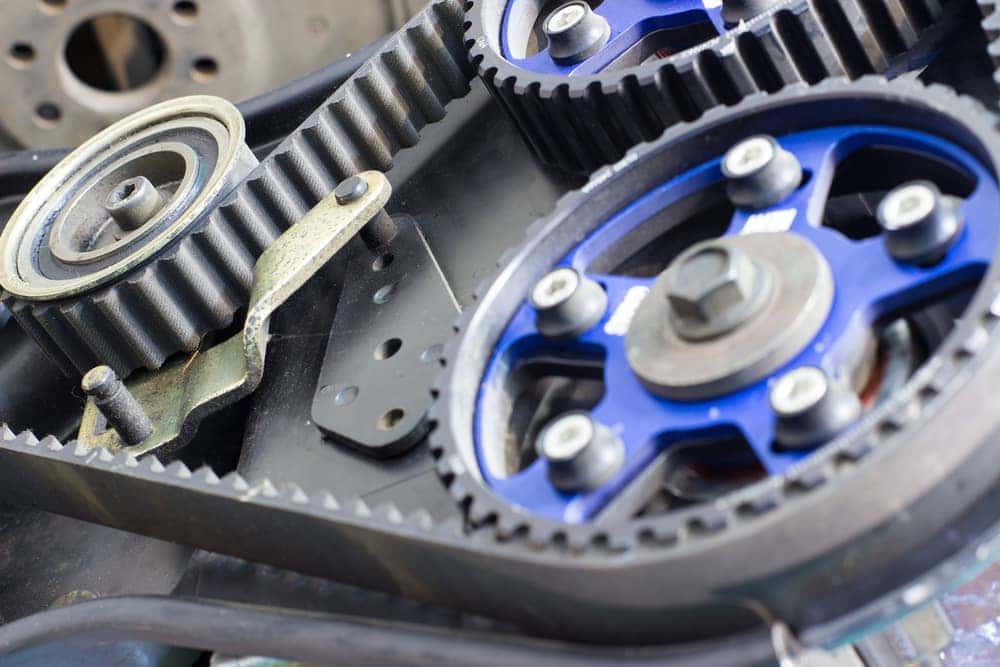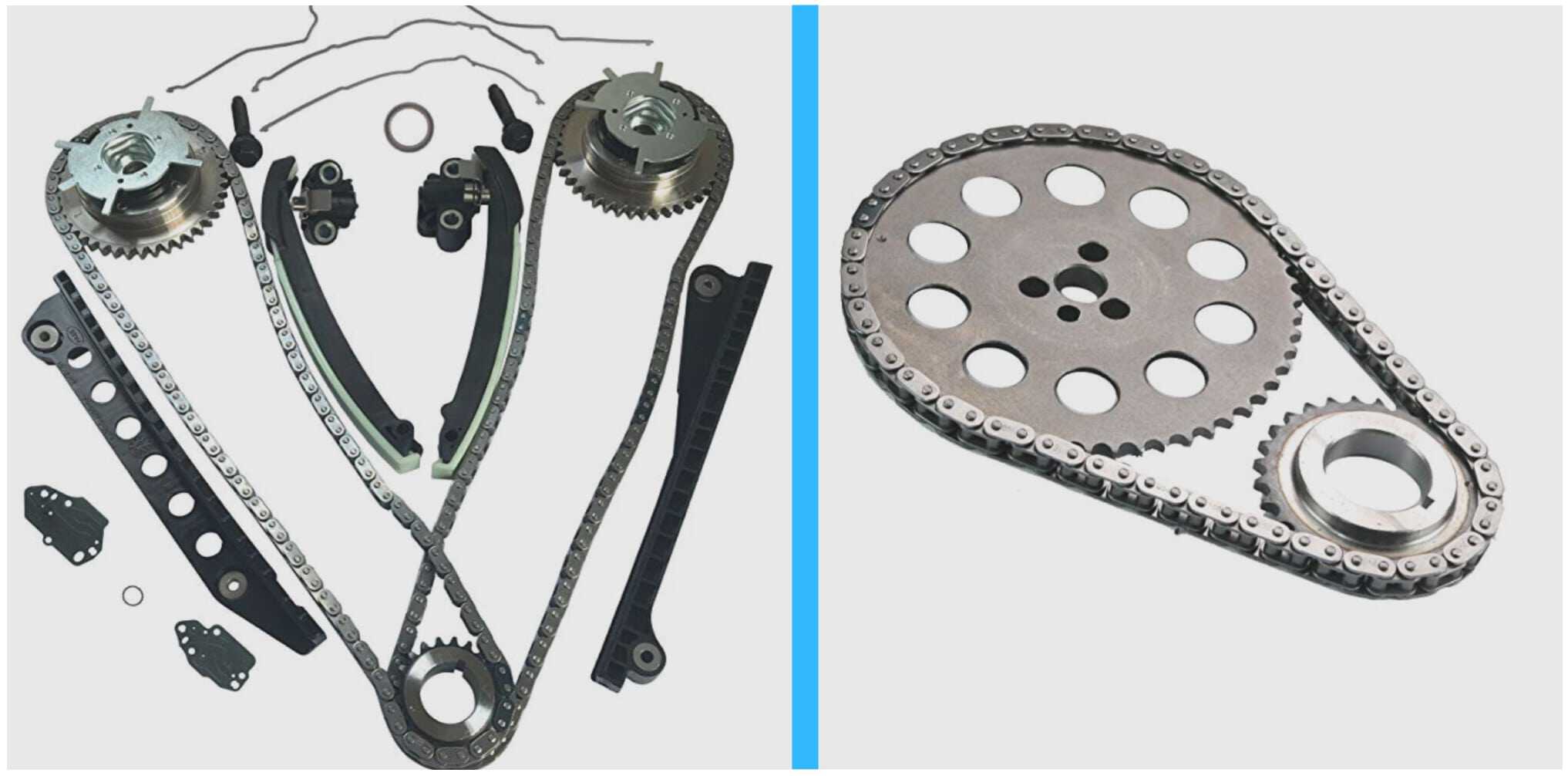

They usually wear out at the same time as the belt, and are replaced along with a belt replacement. As you might gather from the name, the function of a belt tensioner is to keep the proper tension on the belt at all times.
TIMING CHAIN VS TIMING BELT SERIES
The timing belt runs through a series of pulleys that have belt tensioners in place. Now that you know the function of the timing belt, we probably don’t have to tell you that there is never any good outcome if you end up with a broken timing belt. Most automobile manufacturers recommend a timing belt replacement every 60,000-100,000 miles. The advantage to the belt is that it is very quiet. Previously, virtually every four-stroke engine was equipped with a timing chain. Timing beltsĪround the middle of the 1960s, Pontiac devised a straight-six engine that is the first car built in America that had a rubber timing belt.

The valves have to open at a precise time in conjunction with the pistons, and if they don’t, the engine won’t work properly, if at all. The relationship between the rotation of the camshaft and crankshaft is what’s known as “mechanical timing.” It’s what controls the movement of the pistons and valves inside your engine cylinders. Throughout the four-stroke cycle, the camshaft spins once and the crankshaft rotates twice. This is because the combustion process has an intake stroke, a compression stroke, a power stroke, and an exhaust stroke. Most cars today have four-stroke gas engines. You also want to know what exactly it is that they do, so let’s start by talking a bit about engine timing, which is the reason why your car needs a belt or chain. Of course that’s not an overly helpful answer. What are timing belts and timing chains, and how do they differ from one another? Well, the simple answer is that one is a belt, and one is a chain.


 0 kommentar(er)
0 kommentar(er)
